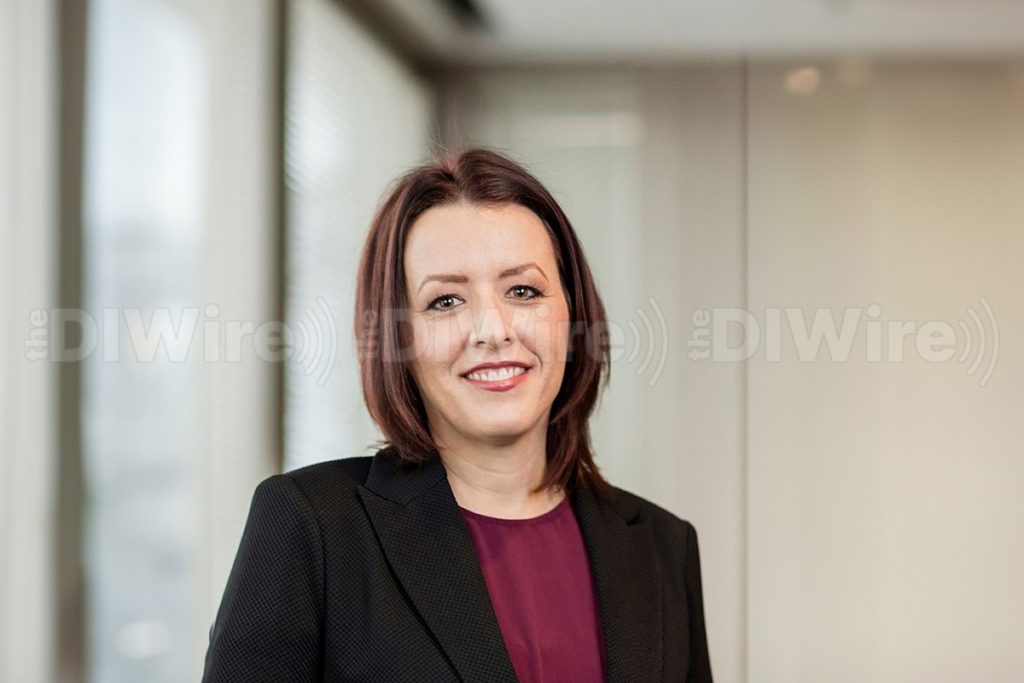Guest Contributor: The Fund Audit Off-Season: Fall planning Meeting Checklist

By: Callie McDaniel
You’ve just received the auditor’s opinion page for your financial statements. Your financials are finally complete and distributed to investors. You’ve officially made it through audit season. You breathe a sigh of relief. Now is the time you can sit back and coast until year end when another audit season arrives. Right?
While it might be tempting to rest until the next audit season looms, it’s worth taking the time now—while the audit process is fresh in your mind—to reflect and evaluate how this past audit season went for you. What went well? Where are there areas for improvement?
Whether this was your inaugural audit season or you’re an audit veteran, you’ll find that holding a fall planning meeting is a valuable way to capture lessons from the last audit experience and plan for the next.
Topics for a fund audit fall planning meeting
As fall approaches, schedule a planning meeting that includes your auditors, internal accounting team, and third-party administrator. A structured conversation can set the stage for a smoother audit. Here are key discussion points:
- The audit team: Understand who’ll be on the audit team and their backgrounds. Will there be continuity from the prior year, or will there be new faces? Identifying points of contact and responsibilities can prevent confusion.
- The PBC list: Acquire the auditor’s PBC (Prepared by Client) list to help establish a timeline for the next audit season. Setting expectations for deliverables can ensure a more synchronized process. Regular calls with the audit team can keep everyone on the same page.
- Fund changes: Discuss any changes in the fund during the year, such as alterations to the partnership agreement, the fund’s performance, portfolio changes, liquidation plans, new service providers, and more. A comprehensive update can help your auditors better understand the fund’s position.
- Interim testing: Establish whether the auditors will conduct any interim testing during the fall, potentially lightening the workload after year end.
- Hard-to-value investments: If the fund has acquired any investments that are difficult to value, discuss and validate your valuation method with the auditors to avoid surprises during the audit.
- New accounting pronouncements: Stay ahead of the curve by discussing any new accounting pronouncements that may impact your fund’s financial statements.
- Footnotes for first-year audit: If this is the fund’s first-year audit, prepare footnotes for the financial statements during the interim period and request the auditors review and provide comments to reduce draft iterations during the audit.
- Technology use: Confirm how documents will be shared with the auditors, whether via a secure file sharing portal or other means.
These discussion points will serve as a roadmap, guiding you toward a more efficient and smoother audit experience.
In the spirit of continuous improvement, we encourage taking proactive steps today that will lead to a more streamlined audit tomorrow.
Callie McDaniel, CPA, is a managing director at UMB Fund Services.
The views and opinions expressed in the preceding article are those of the author and do not necessarily reflect the views of The DI Wire.

